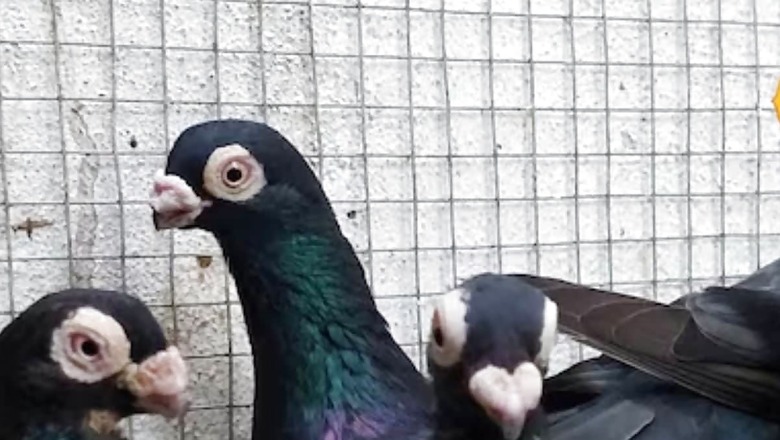
views
The Racing Homer pigeon, also known as Madurai Kattu Mookan Pigeon, a sought-after and relatively recent domestic breed, was specifically bred for increased speed and an improved homing instinct, primarily for pigeon racing. It originated in the 19th century through selective crossbreeding of several other pigeon breeds, including the Dragoon, English Carrier, French Cumulet, Horseman (which is now extinct) and Smerle breeds.
The Racing Homer pigeon owes its remarkable homing ability to the Carrier breed, which enables it to find its way home even from long distances. Additionally, its endurance and capacity to fly tirelessly for extended periods come from the high-flying Cumulet breed. Currently, the breed is primarily utilised for flying purposes and is abundantly found in its native region. Over time, it has also become available in other parts of the world.
The Racing Homer pigeon is characterised by its moderate size and sleek, slender body shape. It possesses robust wing muscles and a well-developed chest area. The eyes of these birds are vibrant, clear and exhibit a reddish hue. Typically, their legs are reddish.
This pigeon is also known for its robustness and high activity level. It excels in long flights reaching an average speed of approximately 60 mph for extended periods. In addition to flying, these birds are also showcased in organised exhibitions, where a judge determines the quality of the birds. One notable event is the annual show held by the British Homing World, which donates all profits from the event to national and local charities.
Pigeon racing is often likened to a sport where there is a single starting point but countless destinations. The participating birds are transported away from their lofts and then compete to make their way back home. The duration of the journey and the distance covered are meticulously recorded and the bird that completes the race in the shortest time is declared the victor. Races typically span distances ranging from 100 kilometres (62 miles) to 1,000 kilometres (620 miles), although, in the United States, flights of up to 1,800 kilometres (1,100 miles) have been documented.


















Comments
0 comment